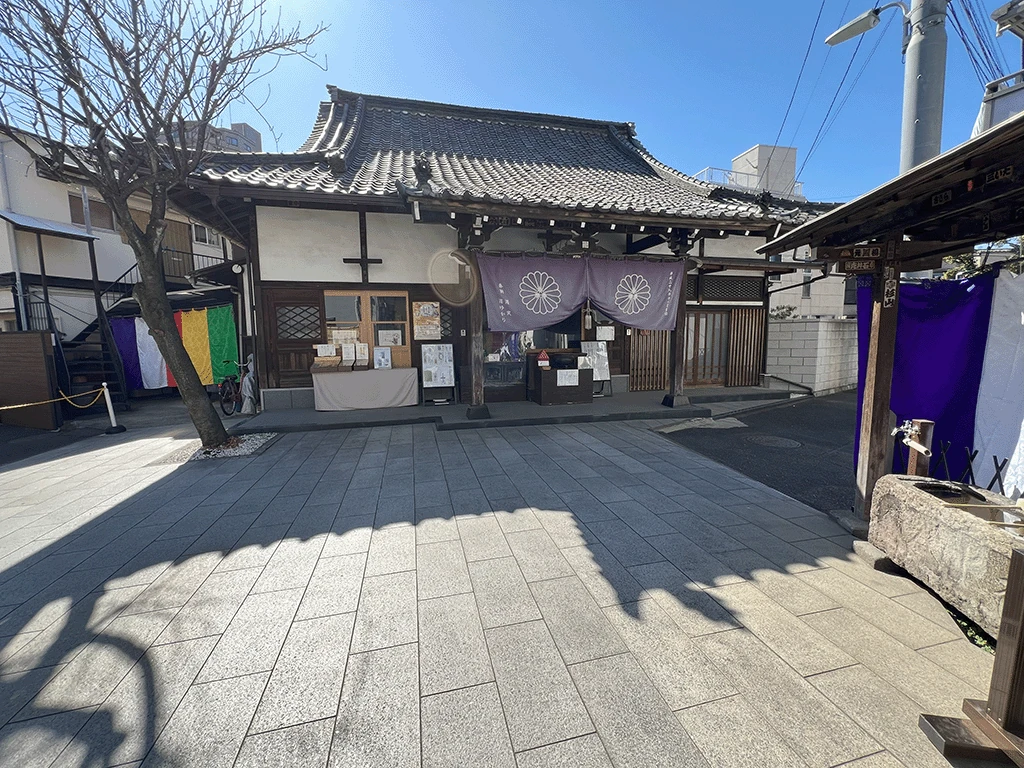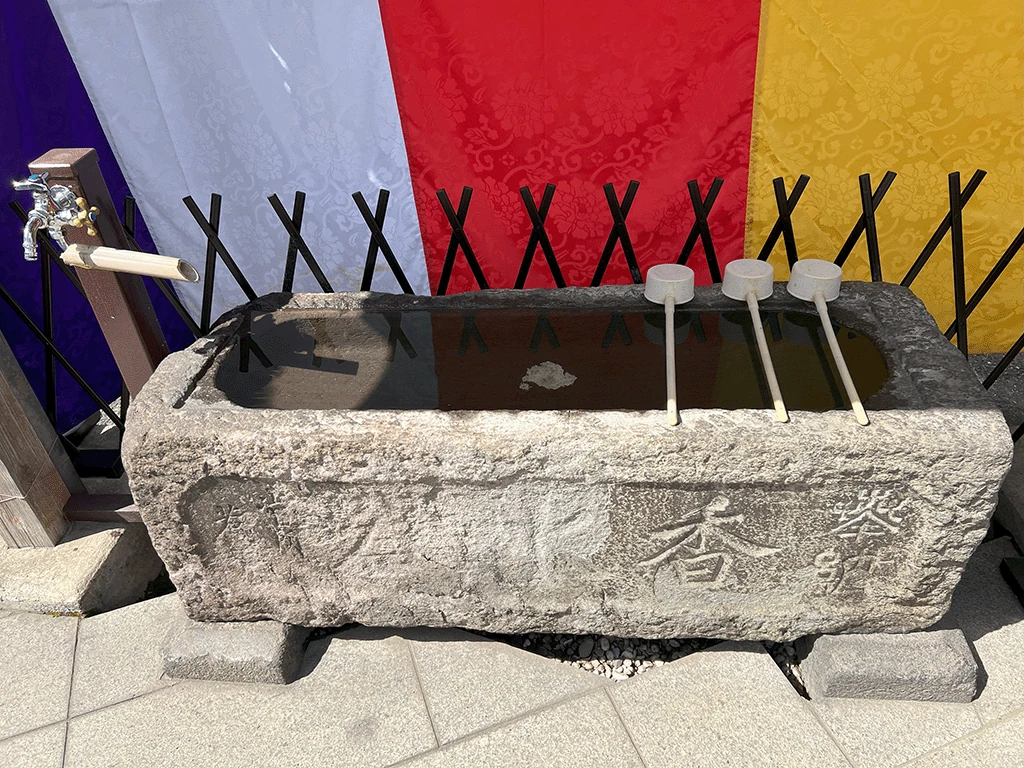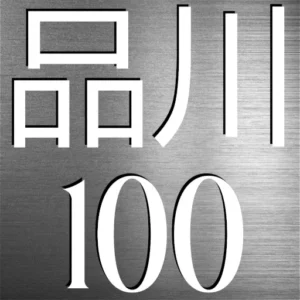What is the Festival of Kokuzoson at Yogenji Temple?
The Spring Festival of Kokuzoson is an event where 13 year olds pray at Yogenji Temple 虚空蔵尊(養願寺) It usually happens on 13th March. (But they are flexible.)
Official Site
Festival of Kokuzoson
十三詣り (Jusan-mairi) is a traditional Japanese event where children who have reached the age of 13 (by the traditional Japanese count, which considers a newborn to be one year old) visit a temple to pray to the Bodhisattva 1Kūkūzō (虚空蔵菩薩) for wisdom and good fortune.
Several theories associate with Jusan-mairi. Some believe it’s because 13 was the age of adulthood in the past, some believe it’s the first year to ward off bad luck, and some believe it’s because Kūkūzō is the 13th Bodhisattva.
The name Kokuzoson
Kūkūzō (虚空蔵菩薩): Kūkūzō is a Bodhisattva who is said to possess infinite wisdom and mercy. It is believed that Kūkūzō granted the young Kūkai (also known as Kōbō-Daishi), the founder of the Shingon sect of Buddhism in Japan, with infinite memory through a practice called “Kūkūzō Gumonjihō”.
The original time for Jusan-mairi was around March 13th of the lunar calendar, but there is no specific date now. (Some temples accept visitors for Jusan-mairi from March to May, following the old tradition, while others accept visitors all year round.)
During Jusan-mairi children often write a single kanji character that represents what they value or hope to receive on a piece of paper and offer it at the temple. The recommended attire for boys is a haori and hakama, and for girls, it’s a formal kimono. However, it’s not mandatory to wear traditional clothing, and many children visit in school uniforms or formal Western clothing. It is rite of passage, marking the transition from childhood to adulthood. It’s a time to celebrate the child’s growth and to pray for their further development and success
Yogenji Temple
Yoganji (養願寺) is a temple of the Tendai sect. It dates back to 1299 (正安元年) in Zheng’an/Shōan era the Kamakura period. The details of its early history are unclear. However,a monk named Shōkei. restored it during the Kanbun era (1661-1673).


Yogenji is famous for its principal deity, the Bodhisattva Kūkūzō (虚空蔵菩薩), AKA “Shinagawa Kūkūzō”. This deity of household safety and protection from misfortune. The temple displayes the statue of Kūkūzō iduring the temple’s grand festivals. These festivals take place on the second Saturday and Sunday of April and November.
Incidentally, it is the 30th temple of the Edo Thirty-three Kannon Temples
Yogenji Temple’s Cultural Properties
The temple also houses two more statues;
A wooden statue of Fudō Myōō (不動明王) and his two attendants, Kongara (矜羯羅) and Seitaka (制多迦) which were made in 1658 (万治元年).
A copper statue of Amida Nyorai (阿弥陀如来) which stands 47.5 cm tall and was created in the Kamakura period in the style of Zenkō-ji. These are both Shinagawa Ward Designated Cultural Properties.
This temple enshrines Hotei, one of the Seven Lucky Gods of Tokai and is part of the Seven Lucky Gods Tour.
- In Mahayana Buddhism a Bodhisattva is a person who is able to reach nirvana but delays doing so through compassion for suffering beings. ↩︎
Where is it?
| what3words | ///revived.elastic.proceeds |
| latitude longitude | 35.6218973 139.7397567 |
| Nearest station(s) | Kitashinagawa |
| Nearest public conveniences | On the Tokaido – see 3: |
Show me a sign.

Nice. I suspect it doesn’t get much sun.
Withervee says…
I’ve not witnessed the festival so far. I’m over 13 and I don’t know any children so I don’t think I will. Probably just for the Buddhist locals. Nevertheless, I’ll go back in November for the grand festival and have another look at the Bodhisattva Kūkūzō and his pals.

The temple is not very easy to find. It is a bit further south of the sign for the 3: Tokaido. It is down a small road opposite a the Isshin-ji Torii gate.

If you reach the temple you may be greeted by the guardian cat. Presumably catnapping after lunch(?)

While you’re there…
Apparently, behind the temple is a red brick wall that has been used in film and TV. I can’t find out which film and TV programmes it has been in but いt’s definitely a brick wall. This search of IMDB reveals some shows which have a shooting location of Kita-Shinagawa. I don’t know if they feature this wall. I haven’t seen them.


By the wall a poster for a missing pet. I’ll make enquiries…



